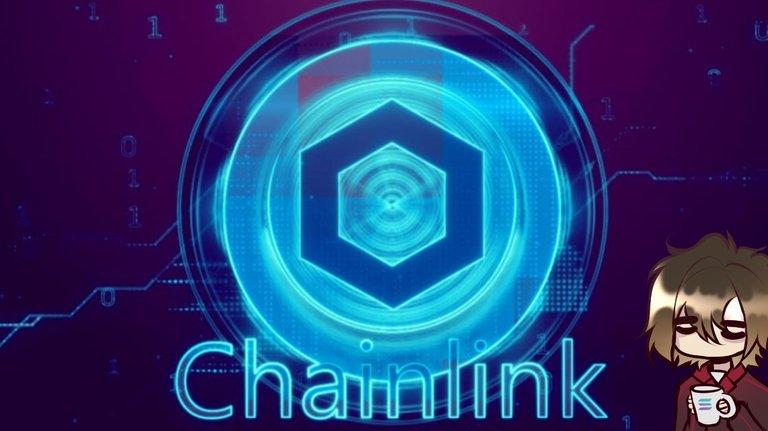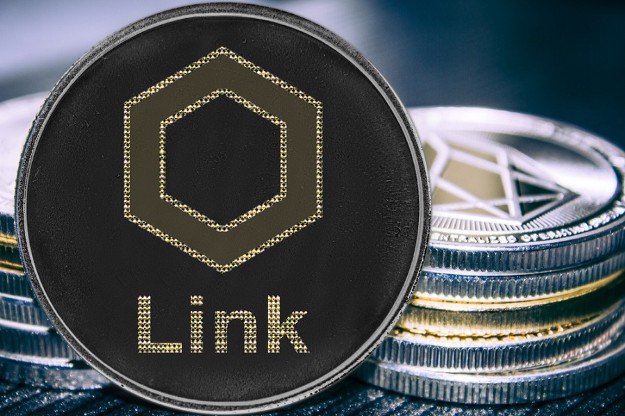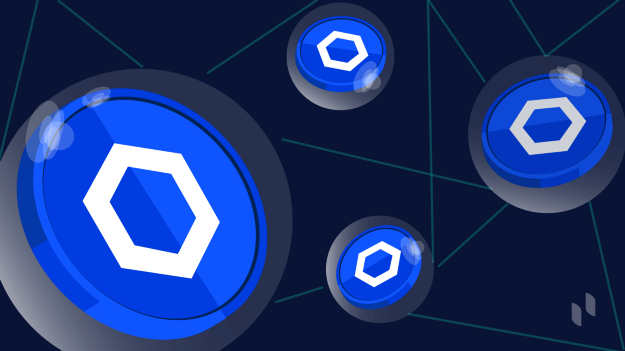One of the biggest drawbacks to blockchains is that they can't see or directly perceive information about the world outside their own chain. There's a need for a solution to allow the blockchains to get ahold of real-world data, services that provide this data is known as oracles. Chainlink aims to collect data from thousands of oracles to make it as accurate as possible. How does it accomplish this and how reliable is Chainlink?

Background
A fintech company called SmartContract launched the first version of Chainlink in summer 2017. The token was offered in an initial sale where 350 million LINK were sold. After this first distribution people expected the price to increase with hype gathering around the project, that wasn't the case and price started to drop off, causing people to suspect that the project was a scam. You had to pay in ETH and the minimum amount was 100 ETH, which at the time was priced at $300. Most investors/traders want coins to grow fairly quickly, Chainlink is mainly meant to support and spread verified information.
Their mainnet launch came out in summer of 2019, it was put live on the Ethereum mainnet. The coin started to gain traction after this, blockchains saw use in getting verified data from multiple verified sources and data providers started to connect and provide data. With this traction Chainlink suffered its first attack in autumn of 2020. Nine nodes that were providing data were attacked and a total of roughly 700 ETH was drained from the system. This attack was meant to spam the system at large and failed in doing so by only overloading 9 nodes, this vulnerability has since been patched.

The team has been performing less than adequately sadly. Their handling of the release was poor, the whitepaper got released just weeks before the token sale. Communication has been an issue with their emails being littered with errors as well as no communication coming from the team at all at times. The distribution of tokens is also fairly concentrated, at one point 90% of the supply was held in 0,08% of the wallets, and today the concentration is fairly similar. 81% of the supply is with the exchanges, development team and nodes. ~35% is with node operators, ~25% is held by the development team and exchanges hold roughly 15%. Outside of this there's not a single wallet that holds more than 1% of the total supply, this can be alarming for investors that place heavy emphasis on decentralization. The development team also sells off their tokens for development and programmer's salary.
Network
Chainlink is built on top of ETH and has a network of nodes that gather data. This data can be used to get a verified price or info regarding different subjects of importance for crypto and send that info to tokens running on smart contracts. A smart contract creator connects to Chainlink and chooses the number of nodes they want to use to gather data, the greater the number, the more accurate data but greater price. You can have multiple sources and multiple oracles. Having multiple oracles grabbing the same data might seem redundant, but that would ensure and guard against several nodes getting errors.
To promote accurate and efficient data, there are several systems in place that the network uses. There are penalty payments where nodes stake an amount of LINK they have, if they fail to deliver on the contract this is taken as a penalty. Each node also has a reputation based on how many contracts they have accepted and completed at any given time, helping to filter out the poorly managed nodes. Today there are several thousand nodes all over the world, decentralized today (up to a certain point) but it started out fairly centralized.

Use cases
This coin can point to its clear use case as to why it's been as successful as it has, similar to ripple. Node operators can make money by providing data to the network which smart contract creators can employ for payment. The creators, in turn, can get accurate data for their app/platform. The performance of the coin for investors is heavily reliant on how well the service is performing, the more users it has the more coins are circulated and increases value. Clear cut, are you an investor? Place money here and hope that more nodes and smart contracts use the network and you make money back.
ChainLink Today
The team behind this coin is one of the biggest negatives. They have been selling tokens for salary which is not inherently bad, but make the price drop. Communication has been subpar, and they are not using smart contracts efficiently on their own site, which is kind of ironic as this coin caters to smart contract creators. Amongst all the negatives from the team, the centralization and the attack on the network the fundamentals of the project is riddled with holes. Despite this, the service they provide is amongst the best and incredible accurate.
This puts the coin in awkward place as it seems that i can go belly-up easily. Uncertainty also hangs over the coin as there are more oracle services popping out and the fact that blockchains can simply implement their own native solution. Despite this, the coin has been on the climb ever since 2020 and it doesn't seem to be stopping, question is will it be able to keep climbing with its baggage of negatives?
Pros:
- Decentralized
- Strong partnership with SWIFT
- Reliable data, migrating to be on several networks
Cons:
- Shaky history & practices
- Its central protocols is not automated with smart contracts